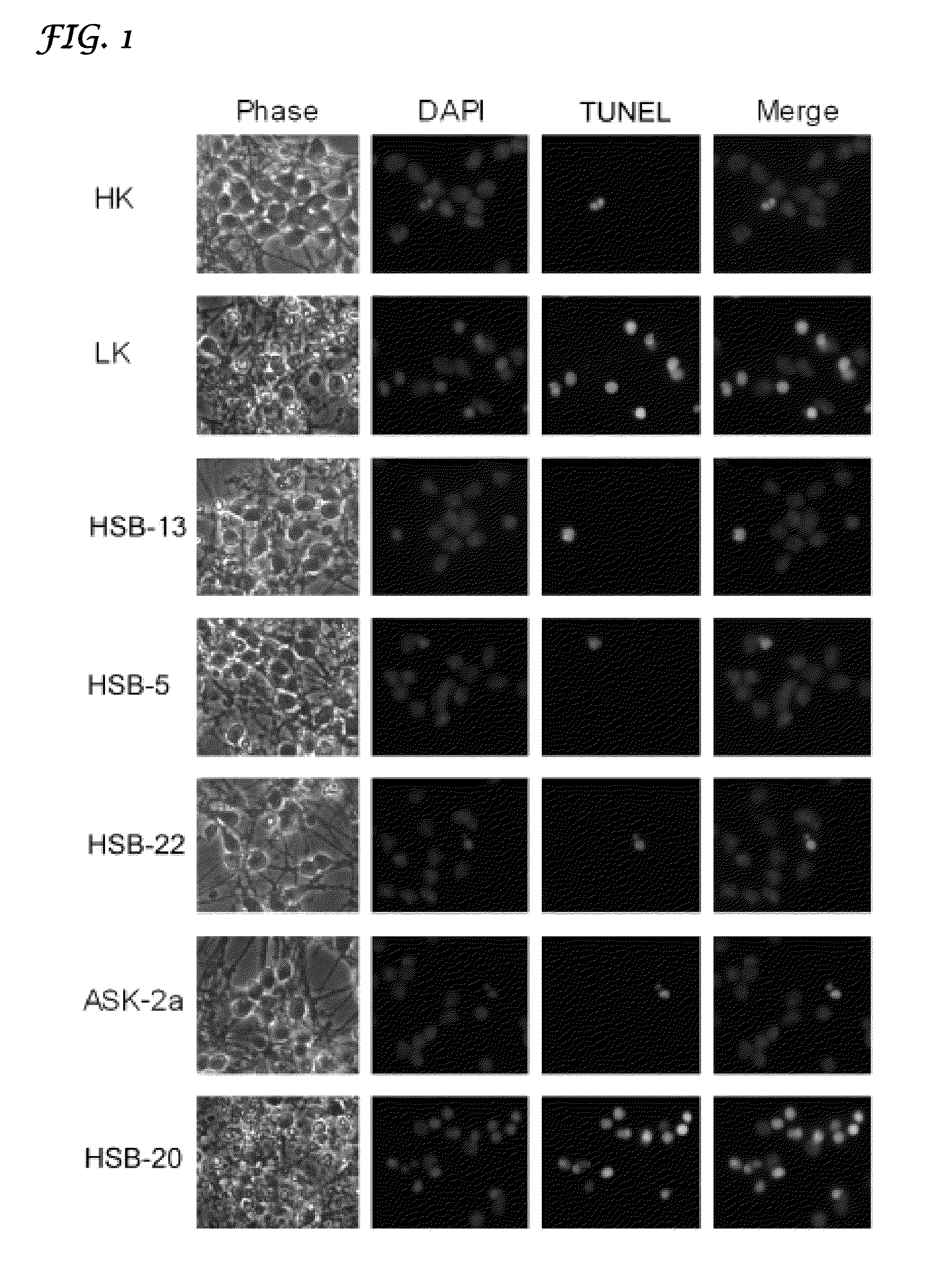1, 4-benzoxazine compounds and derivatives thereof as therapeutic drugs for the treatment of neurodegenerative conditions
a neurodegenerative disease and 4-benzoxazine technology, applied in the field of neurodegenerative disorders, can solve the problems of no effective strategy to cure, mitigate or treat neurodegenerative diseases, and achieve the effect of preventing neuronal death and potent neuroprotective activity
- Summary
- Abstract
- Description
- Claims
- Application Information
AI Technical Summary
Benefits of technology
Problems solved by technology
Method used
Image
Examples
example 1
Reaction-1
[0072]
[0073](Z)-2,6-Dibromo-4-((3-oxo-3,4-dihydro-2H-benzo[b][1,4]oxazin-2-ylidene)methyl)phenyl acetate: A stirred mixture of (0.5 g, 3.35 mmol) of 2H-1,4-benzoxazin-3(4H)-one, 1.4 g of 4-hydroxy-3,5-dibromo benzaldehyde, 1.68 mL (17.729 mmol) of acetic anhydride and 0.7 mL (5 mmol) of triethyl amine was refluxed for 7 h, left overnight at room temperature and poured into crushed ice. The precipitated solid was collected by filtration and washed with acetonitrile. The crude product was purified by recrystallization from DMF: ethanol.
example 2
Reaction-2: (Z)-2-(3,5-Dibromobenzylidene)-2H-benzo[b][1,4]oxazin-3(4H)-one
[0074]
[0075](Z)-2-(3,5-Dibromobenzylidene)-2H-benzo[b][1,4]oxazin-3(4H)-one. Chemical synthesis was the same as in Example 1, Reaction-1.
[0076]Culturing and treatments of cerebellar granule neurons: Granule neuron cultures were obtained from dissociated cerebella of 6-7 day old Wistar rats as described previously (D'Mello et al., 1993). Cells were plated in Basal Eagle's Medium (BME) supplemented with 10% fetal calf serum (FCS), 25 mM KCl, 2 mM glutamine (Invitrogen), and 100 μg / ml gentamycin in poly-L-lysine coated 24-well dishes at a density 1×106 cells / well. Cytosine arabinofuranoside (10 μM) was added to the culture medium 18-22 h after plating to prevent replication of nonneuronal cells. Previous immunocytochemical analyses by our lab and other investigators have shown that these cultures have high purity containing over 95% granule neurons (Thangnipon et al., 2003; Kingsbury et al., 2005).
[0077]The neur...
PUM
 Login to View More
Login to View More Abstract
Description
Claims
Application Information
 Login to View More
Login to View More - R&D
- Intellectual Property
- Life Sciences
- Materials
- Tech Scout
- Unparalleled Data Quality
- Higher Quality Content
- 60% Fewer Hallucinations
Browse by: Latest US Patents, China's latest patents, Technical Efficacy Thesaurus, Application Domain, Technology Topic, Popular Technical Reports.
© 2025 PatSnap. All rights reserved.Legal|Privacy policy|Modern Slavery Act Transparency Statement|Sitemap|About US| Contact US: help@patsnap.com



